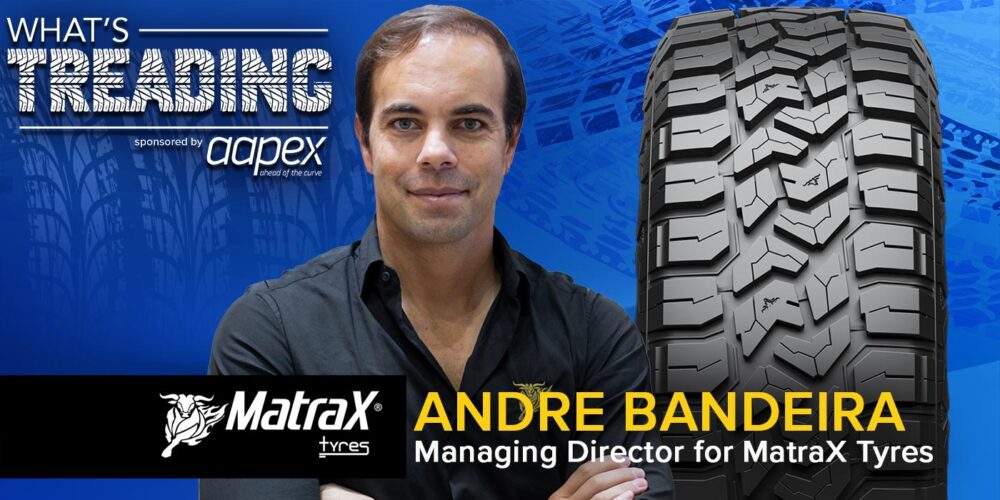The first mass-produced anti-lock braking systems, or ABS, was introduced in 1985, and by 2008, almost every passenger vehicle came standard with this system. Advancements are great, but along with them have come false or non-activation complaints. In this Tire Review Continental Tire Garage Studio video, we’ll talk about a few of the diagnostic challenges you might come across.
ABS activation incidents involve the ABS modulator taking over braking or intervening to restore vehicle stability. The customer may feel feedback in the brake pedal like a pulsation or sudden drop, and some may also experience a drop in power, or the vehicle may suddenly pull to one direction.
The most common complaint on older vehicles is ABS activation at speeds between 3-15 mph, a problem that usually starts with the wheel speed sensors. A weak signal from a sensor is interpreted as a locked wheel, which triggers the computer to activate the ABS and release brake pressure to unlock the wheel.
On these older systems with passive sensors, the cure for false activation is to just clean the tip of the wheel speed sensor, inspect the tone ring and adjust the air gap.
Now, newer magneto resistive sensors or “active” wheel speed sensors are not prone to issues of metal accumulation on the tip of the sensor. False activations are still a problem with active systems, but more advanced modules can determine if a wheel is locked or if there is a wheel speed sensor problem. Instead of activating the ABS module and causing long stops, the system will deactivate, and the ABS warning light will turn on.
Another problem can be mechanical issues with the Hydraulic Control Unit – they’re rare, but they can happen. Valve seats can become stuck or not seat properly due to debris, corrosion, or contaminated brake fluid.
If the inlet or isolation valve is stuck open, it will not affect normal braking in any way, but it will hurt the ABS, leading to a pulling condition during ABS activation.
If an outlet or dump valve is stuck open in one circuit, this could cause a pull condition during normal braking due to the loss of brake pressure at a wheel. Testing the unit with a scan tool with bidirectional controls might be the best way to confirm the condition of the HCU.
Don’t forget to follow us on Instagram and Facebook and subscribe to our YouTube channel for more tire, service and shop operations videos.













